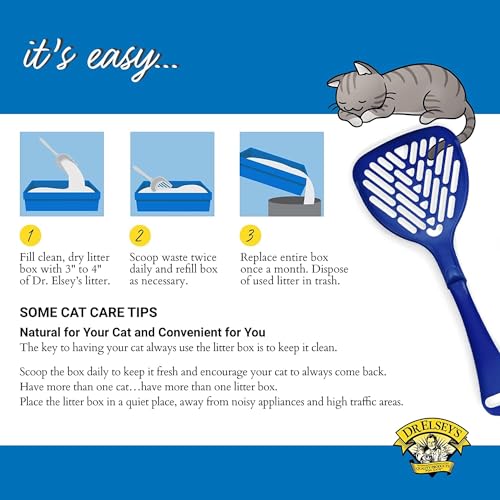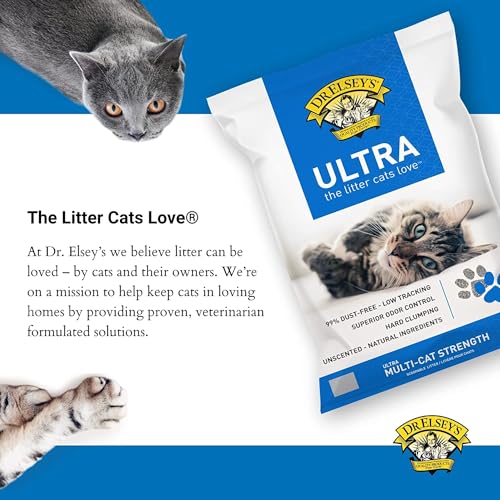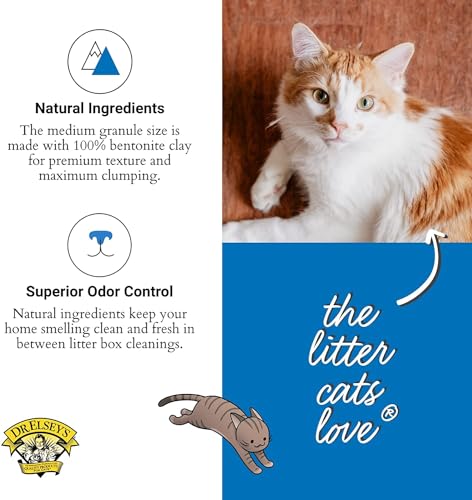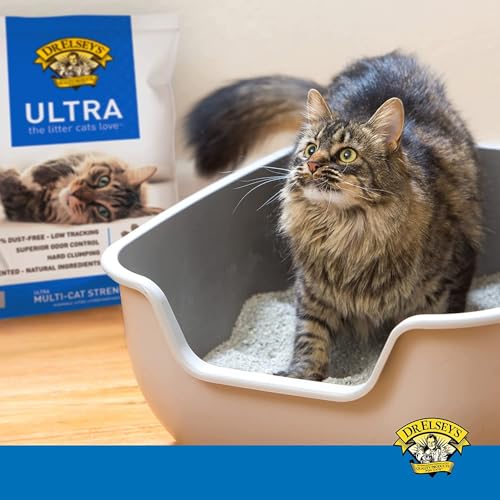Dr. Elsey's Ultra UnScented Clumping Clay Cat Litter 40 lb. Bag
12% OffBlue Buffalo Health Bars Crunchy Dog Biscuits, Oven-Baked with Natural Ingredients, Pumpkin & Cinnamon, 16-oz Bag
$4.98 ($4.98 / lb) (as of December 18, 2025 03:22 GMT +00:00 - More infoProduct prices and availability are accurate as of the date/time indicated and are subject to change. Any price and availability information displayed on [relevant Amazon Site(s), as applicable] at the time of purchase will apply to the purchase of this product.)You might have seen your beloved grandmother or uncle suffering from asthma attacks. But have you ever experienced a dog struggling for breath? Asthma is not merely restricted to humans; dogs are equally vulnerable to it. Dogs asthma is characterized by an abnormally low breathing rate, which may be caused by the odor of something your dog is allergic to or something else.
If you find your dog struggling with breathing, contact your veterinarian immediately. However, this article will discuss the symptoms and causes of asthma in your four-legged friend, which can be fatal if left untreated. So, let’s start with the fundamentals.
What is asthma?
Dog Aerosol Chamber (3 Masks) -Canine Inhaler Spacer for Dog Asthma, Chronic Bronchitis, Tracheal Collapse – Include 3 masks to fit all Dogs.
Asthma is a disease that usually attacks children more than adults. The main part of the body that gets infected with asthma is the lungs, in consequence of which airway inflammation occurs. However mild asthma is curable, but any negligence in this regard can be fatal. Still, getting rid of asthma is not a big deal, and one can easily overcome it.
Different variants that engage someone in asthma are
- poor quality of air
- smoke
- allergies
- over-exercise
- irritants
Read More: Top causes of death in dogs
Can a dog also get asthma?
Though you may have concluded from the preceding paragraph that asthma is not confined to humans only, your little furry friend is also susceptible to this ailment. Yet, the causes or signs can be variable.
What are the symptoms of a dog’s asthma?
Not all breathing problems can be considered asthma. However, if your dog continuously struggles with inhalation, it’s time to visit the veterinarian. Dog’s asthma, along with breathing problems, also depicts other symptoms, including;
- Coughing
- wheezing
- wide mouth
- panting
- or difficulty in breathing
Asthmatic dogs also have an excess of mucus in their mouths that is depleted of oxygen. That’s why dogs with asthma also have blue gums due to a lack of proper oxygen.
Another sign of this has severe panic attacks that last so long that it takes several minutes to calm down.
How do you diagnose an asthmatic dog?
Mild dogs asthma is more difficult to diagnose because your dog does not exhibit all of the symptoms simultaneously. Yet, if you feel any of the symptoms mentioned above, it would be better to go for a checkup with the veterinarian.
Diagnosing asthma in your four-legged friend is tricky; you have to search for it or take it for a thorough examination via x-rays. Sometimes, the physical test of radiographs also comes normal as the infection is too mild to come in reports. So, you have to go for x-rays again in the future.
As we have mentioned, not all breathing problems are due to asthma. According to veterinarians, heartworm disease also shows the same symptoms as asthma. So, if you do not have asthma after two tests, go for a heartworm test and give your dog anti-heartworm medicines.
You can also send a short video of the dog’s unusual behavior if you cannot take him to the veterinarian.
What to do if my dog gets asthmatic attacks?
Pet Wellbeing Throat Gold for Cats – Natural Cough and Throat Soother for Treating Cat Asthma Symptoms – 2oz (59ml).
Watching your dogs in pain is terrific for the pet and the owner, as no one can see his friend in excruciating pain. An easy way or first aid medicine is to calm your dog as soon as possible. An inhaler or nebulizer will be the most effective treatment if your dog suffers from mild attacks at home. Yet, do not bother to do the same if asthma rises beyond the limits.
Always have your vet’s phone number easily accessible so that you can call him without any worse consequences.
How to treat asthma in dogs?
AeroDawg The Original Canine Aerosol Chamber Inhaler Spacer for Small Dogs and Puppies with Exclusive Flow-VU* Indicator.
To give your dog a happy and easy life, try your best to make your dogs asthma-free, as prolonged asthma can also cause permanent and incurable damage to the lungs.
Also, your dog can be dead if he does not have proper oxygen for several minutes. We usually have two options to cure asthma: either prevent your dog from being exposed to asthma-causing agents or give him proper medication after seeing a mild attack.
The intensity and regularity of your dog’s asthma attacks will strongly influence the course of treatment. Your veterinarian may prescribe anti-inflammatory steroids to assist in managing symptoms and stop long-term lung damage in your dog.
Dogs specific inhaler:
Proventil and Ventolin are two popular brands of albuterol sulfate, which can aid in relaxing the dog’s airway muscles to facilitate breathing. Using inhalers with dog-specific masks may be recommended to give your dogs asthma medications.
People typically give anti-asthmatic medications to dogs during mild attacks, which is an entirely unacceptable approach in this situation. Dogs should not be given many human drugs because of their toxicity, and inhalers’ doses might differ significantly between uses.
What are the precautions for an owner to have no asthmatic dog?
Dog nostrils are much more sensitive and have more power to smell than humans. So, any unwanted smell can cause asthma or inhalation problems in your dog. Some precautions in this regard include;
- Avoid smoking near your dog.
- Don’t use an unwanted air freshener.
- Don’t allow your dog to smell unwanted flowers if he is allergic to pollen.
- Don’t allow him to go outside in bad weather.
- Prevent him from car smoke.
FAQ’s
A humidifier will help your dog’s lungs become less mucous over time. A cold-moisture humidifier is preferable to add moisture to the air in your home. If you want to help your dog breathe more easily inside, consider putting a few drops of lavender or eucalyptus oil in the humidifier.
It’s important to visit the vet if your dog or cat shows any respiratory issues. Always treat a veterinary emergency as labored breathing. Your veterinarian must identify the underlying ailment causing your pet’s breathing problems to assist your pet in breathing comfortably.
Turn your dog onto its back while holding them gently on your lap. Then, using the palm of your hand, press firmly inward and upward five times just behind the rib cage. Check your dog’s mouth for the food or anything that created the problem before rolling them back onto their side.
Related Links:
- https://en.wikipedia.org/wiki/Asthma /By Wikipedia
- https://en.wikipedia.org/wiki/Pathophysiology_of_asthma /By Wikipedia
- https://www.wikihow.com/Treat-Asthma-Attacks /By Wikihow
- https://www.wikihow.pet/Spot-and-Treat-Feline-Asthma /By Wikihow
- https://www.wikihow.com/Control-Asthma-Without-Medicine /By Wikihow
- https://www.wikihow.health/Control-Asthma /By Wikihow
- https://www.wikihow.pet/Treat-Canine-Allergies /By Wikihow


















